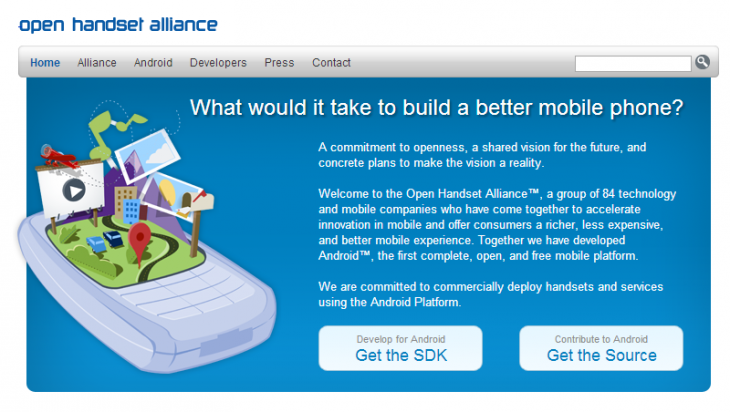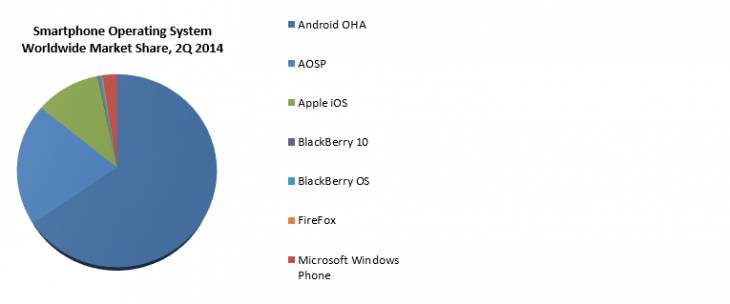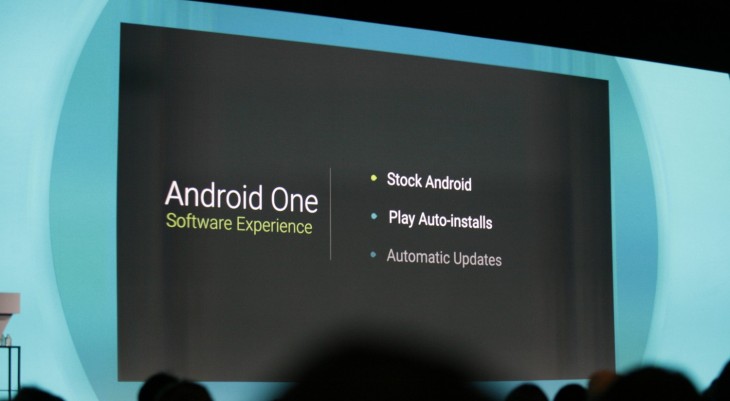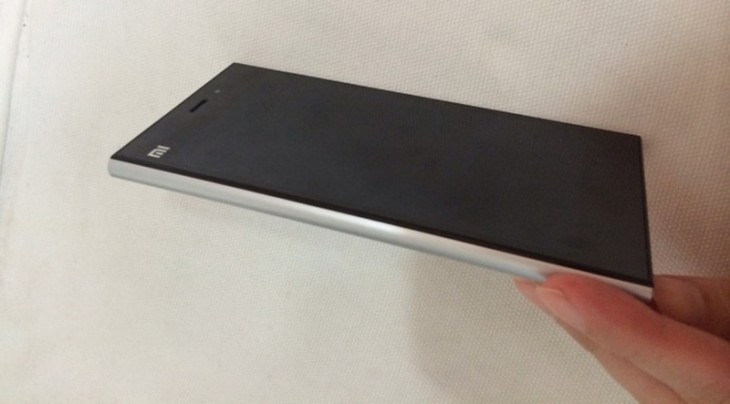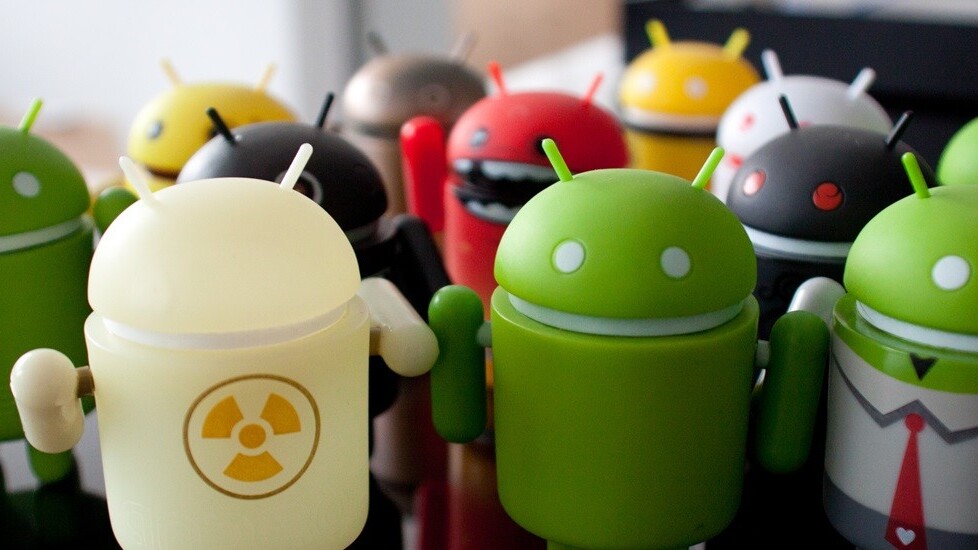
Android dominates the world’s smartphone market. A new report from analyst firm Strategy Analytics pegs the Google-owned operating system’s global market share at 85 percent. That means that nearly nine in ten phones shipped are built on Android.
That domination is colossal. But while Google has ‘won’ the smartphone market share war — revenue is different, iOS is far ahead — the company faces a growing issue: the rise of non-Google Android.
Google-less Android
Android is available in two different flavors. There’s the Google-endorsed Android, which is used by companies that agree to the terms and conditions of the Open Handset Alliance (OHA). Essentially, OHA members include the Google services that are baked into Android, and agree to limitations on how they can customize the software on their devices.
The other side is the Android Open Source Project (AOSP), a far-freer version that lets device makers tinker with all manner of elements of the software. Often that means ripping out Google services, and customizing the handset to run other software and services. Google apps are still accessible, but are not central to the experience as they are in OHA Android devices.
The concern for Google centers around the fact that AOSP handsets don’t emphasize Google services. Since Google is not a primary hardware company — though it has its Nexus range and used to own Motorola — having its services as a central of Android is an important way to get engagement (and revenue) from mobile phone owners.
‘Forked’ Android isn’t something new. Amazon has been modifying AOSP for its Kindle tablets (and now phone) for some time — swapping out standard Google Android services and features for its own app store, design and other features. Likewise, it has been common in China, predominantly for cheap devices, for some time. Notably, Alibaba sparred with Google two years ago over its use and modifications of Android — but now the rate of AOSP phones is growing.
Forked Android rising
A new report from ABI Research claims that 20 percent of the smartphones shipped worldwide between May and July were based on AOSP. The firm estimates that this is a whopping 20 percent increase on the previous quarter alone.
“AOSP’s growth is driven by the development of Chinese and Indian handset manufacturers, not only in their domestic markets, but increasingly throughout Asia and beyond,” said Nick Spencer, senior practice director for mobile devices at ABI Research.
Spencer revealed that the emergence of mobile markets in Asia is fueling the increased significance of AOSP. ABI Research’s reports suggests that Chinese and Indian phone makers accounted for a majority 51 percent share of global shipments for the first time during the last quarter. So while the rate of AOSP phones grew hugely, its effects are felt the most in Asia — rather than the US or Europe.
Targeting the low-end in emerging markets
AOSP devices are typically priced at the low-end of the market because the open-sourced version of Android provides a cost efficient platform to develop a smartphone. While this segment of consumers does not spend significant amounts, it is significant because it represents many first-time smartphone owners, and new internet users who may not be as exposed to Google services.
No-name Chinese Androids are taking over: one of my inlaws bought this $60 WiFi-only mini tablet in central Thailand pic.twitter.com/F6aax5Exeq
— Jon Russell (@jonrussell) May 25, 2014
Even though developing markets will likely be the main focus for AOSP device makers, more sophisticated ones like Xiaomi are opening non-Google Android to a new tier of more-affluent customers. The Chinese company shipped more phones in China than Samsung in Q2 2014, a recent report showed.
Read: Hands-on with Xiaomi’s Mi 4: A gorgeous, robust phone with high-end specs at a mid-range price
Google’s answer: Android One
Google is acutely aware of the threat and its response is Android One, a new standard for affordable Android devices… which has its services baked in. Android One is specifically targeted at creating sub-$100 smartphones for developing markets, where AOSP-based devices are most prevalent.
For the end user, Google says that Android One will mean a more unified Android experience free from manufacturer’s own skins, like Samsung’s TouchWiz or HTC’s Sense, with fewer pre-installed apps and more timely software updates. Essentially, the software will be plain Android, but will include the option for OEMs to include locally relevant software tweaks.
The AOSP ‘threat’ is limited primarily to emerging markets, but with Xiaomi, OnePlus, Oppo, Meizu and others keen to expand outside of Asia and into new markets, it will be interesting to watch how things develop.
Xiaomi’s Mi 3 smartphone
Headline image via etnyk / Flickr
Get the TNW newsletter
Get the most important tech news in your inbox each week.
